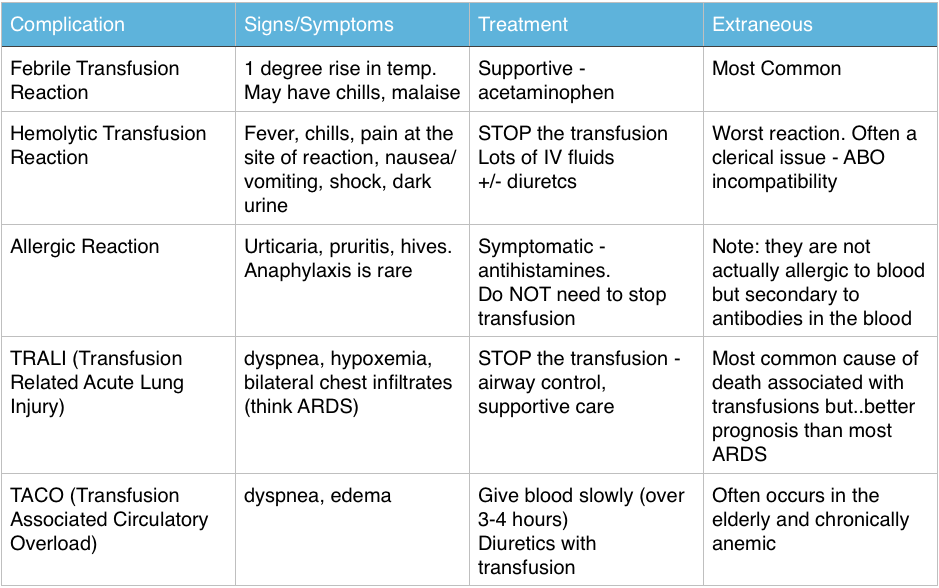Episode 9 (iTunes or listen here)
The Free Open Access Medical education (FOAM)
We review Dr. Scott Weingart’s Practical Evidence Podcast #3 – ACEP 2012 Management of Early Pregnancy, in which he summaries the ACEP 2012 Clinical Policy on this topic.
- The discriminatory zone is out. Get ultrasounds in pregnant patients, regardless of the quantitative beta-hCG.
- A certain beta-hCG level can not be used to rule in or rule out ectopic pregnancy or viable intrauterine pregnancy (IUP), get the ultrasound and ensure you identify the uterus.
- If an ultrasound (including radiology’s formal ultrasound) is indeterminate for ectopic versus IUP, that patient should have a repeat ultrasound and follow up with OB within 48 hours.
A good FOAM ectopic rule out pathway
The Bread and Butter
We summarize some key topics from the following readings, Tintinalli (7e) Chapters 102-105; Rosen’s 8(e) Chapter 178 but, the point isn’t to just take our word for it. Go enrich your fundamental understanding yourself!
Bleeding after the First Trimester
The two things we worry about the most are placental abruption and placenta previa.
Placental Abruption – premature separation of the placenta from the uterine lining.
- Classic presentation: painful vaginal bleeding.
- Actual presentation: 30% do not have vaginal bleeding, uterine pain/tenderness, back pain, hypotension, nausea.
- Risk factors: hypertension, previous abruption, uterine scar, cocaine, smoking, blunt trauma, older age
- Diagnosis: Ultrasound, clinical suspicion, MRI. Note – Ultrasound is specific but NOT sensitive.
- Management: Intravenous access, hemoglobin, type and screen, coagulation panel, resuscitation, ultrasound, likely call OB.
Placenta Previa – implantation of the placenta over the cervical os.
- Classic presentation: painless vaginal bleeding
- Diagnosis: Ultrasound
- Management is the same as for abruption but do NOT do a speculum or cervical exam unless there is no OB service.
Abdominal Pain in Pregnancy
Pregnant women are at risk for the same abdominal emergencies as everyone else – appendicitis, cholecystitis, and pyelonephritis but they’re also at risk for some special pregnancy related issues.
Septic Abortion – evidence of infection with any type of abortion, often due to unsanitary abortions or retained products of conception
- Presentation: fever, uterine tenderness at under 20 weeks of gestation
- Treatment: Ampicillin 3g IV, gentamicin 1-2 mg/kg IV, stat OB consult for source control
Chorioamnionitis – infection or inflammation of the placenta and fetal membranes, often after 16 weeks of gestation
- Presentation: fever, uterine tenderness, fever/maternal tachycardia, sepsis
- Risk factors: preterm labor
- Treatment: Ampicillin 3g IV, gentamicin 1-2 mg/kg IV, stat OB consult for source control
HELLP syndrome – hemolysis, elevated liver enzymes, low platelets.
- Diagnostics: CBC with schistocytes, Platelets <100,000, Elevated transaminases, Normal or elevated BUN/creatinine, abnormal coagulation profile. CT abdomen/pelvis if patient hemodynamically stable.
- Complications: liver hematoma, splenic or liver rupture.
- Management: Magnesium, control of blood pressure (labetalol, hydralazine), correction of coagulopathy, delivery of the fetus.
Pre-Eclampsia/Eclampsia
New onset hypertension (BP >140/90) after 20 weeks of gestation in a previously normotensive patient plus one of the following: proteinuria or end organ dysfunction (pulmonary edema, renal dysfunction, visual changes, etc). Eclampsia is a sequelae of pre-eclampsia, like HELLP syndrome, characterized by seizures and coma.
- Control seizures with magnesium
- Control BP if DBP >105 mmHg
- Check for organi injury (CBC/platelet count, transaminases, BUN/Creatinine)
Generously donated Rosh Review questions (scroll for answers)
Question 1. A 27-year-old woman 32 weeks pregnant presents with bright-red vaginal bleeding for 1 day. The patient denies any pain and is not tender on abdominal exam. Her vital signs are BP 115/70, HR 90, and RR 16. [polldaddy poll=8210380]
Question 2. A 26-year-old woman presents with abdominal cramping after a positive home pregnancy test. Her vitals are T 98.7°F, HR 94, BP 110/66, RR 18, oxygen saturation 97%. Her exam is unremarkable. Labs reveal a serum beta HCG of 1000 mIU and she is Rh positive. She states that the pregnancy is wanted. An ultrasound is performed as seen below.[polldaddy poll=8206329]
More FOAM on vaginal bleeding:
- EMBasic – First Trimester Vaginal Bleeding
- Emergency Medicine Cases – Episode 23 Vaginal Bleeding in Early Pregnancy
- Broome Docs – First Trimester Vaginal Bleeding with Dr. Matt Dawson
Answers.
1. A. Placenta previa is characterized by painless, fresh vaginal bleeding in late pregnancy. Placenta previa occurs in 1% of pregnancies and is defined as a placenta that extends near, partially over, or completely over the cervical os. These patients are at an increased risk for life-threatening hemorrhage. As a result, the first step in management of placental previa is to obtain intravenous access in anticipation of fluid resuscitation and possible transfusion. Obstetrical consultation is also advised.
2. D. This patient presents with abdominal pain and a positive pregnancy test raising the concern for an ectopic pregnancy. Ectopic pregnancy complicates about 1.5 – 2.0% of pregnancies and is potentially life threatening. There are a number of risk factors for ectopic pregnancy including pelvic inflammatory disease, prior tubal surgery and previous ectopic pregnancy. This patient has an early pregnancy based on the low beta hCG. The transvaginal ultrasound shows an early gestational sac without a yolk sac or fetal pole within the uterus. This ultrasound does not rule out the diagnosis of an ectopic pregnancy as an ectopic pregnancy can cause a decidual reaction in the uterus, which appears similar to an early gestational sac. The definitive ultrasound finding for an intrauterine pregnancy would be the presence of a yolk sac or fetal pole. It is expected that above the discriminatory hCG zone of 1500-2500 mIU, a definitive IUP should be identified. Patients with a beta hCG below the discriminatory zone without a definitive IUP can be managed conservatively with repeat hCG level in 48 hours (the level should double every 48 hours) and repeat ultrasound.


